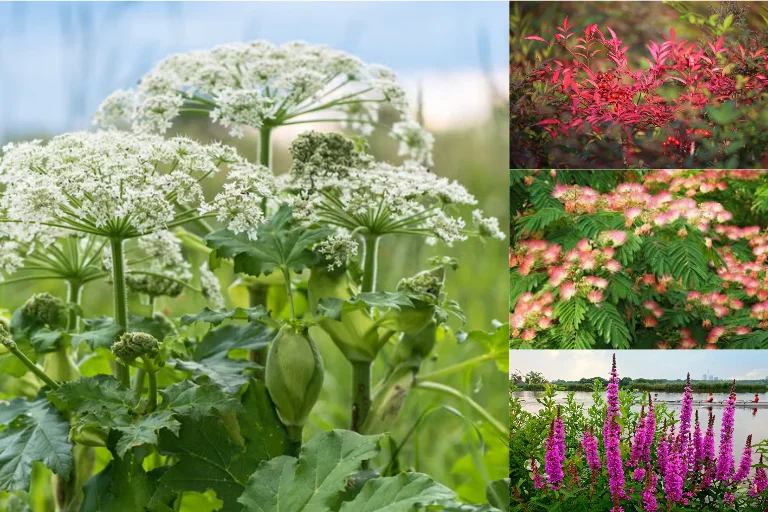
10 Most Common Plants That Are Illegal In U.S States
Most likely, Plants can bring beauty, shade, and biodiversity in your backyard.But did you know that other, more common plants are not illegal in some U.S states?.Because These plants may be harmful to people and animals, damage the environment, or spread too quickly.
10 common plants that are strangely banned in some places that are listed here.
1. Kudzu:
“The vine that ate the South” is a common nickname for kudzu. It spreads quickly and can cover electricity wires, buildings, and trees. Many states are banning its planting to safeguard native species because it is an invasive plant.
2. Japanese Barberry:
Because it grows quickly, damages forests, and attracts mosquitoes (which can carry TB disease), this beautiful shrub is banned in areas like Hartford and New York.
3. Peyote:
Interestingly, peyotes are rather adorable plants. They have a light pink flower growing out the top and like little green pumpkins. This adorable plant has a pretty hidden secret: it’s a hypnotic plant. Only in Texas will you be able to purchase this plant, not even as a decoration.
4. Eulalia Grass:
Although it’s still available in nurseries, this popular landscape grass is starting to replace natural meadows. Try switching grass or Indiangrass instead; they have many of the same aesthetic qualities as miscanthus sinensis.
5. Burning Bush:
This burning bush is a remarkable change to any environment because of its bright red flowers. However, you might be seriously harming the local ecosystem.Birds carry the seeds to meadows and woodlands, where they soon grow into dense thickets.
6. Privet Hedges:
Privet hedges are popular for using as a natural privacy screen in your yard because of their dense growth, although native plants may find them to be a nightmare.Privet quickly overtakes native shrubs and perennials by shading them out with dense thickets, robbing the ecosystem of essential nutrients.
7. Giant Hogweed:
Giant hogweed is a very beautiful plant but is dangerous. Because when this plant’s sap is exposed to sunlight, it can result in blisters, severe burns, and chronic skin irritation. It is illegal to intentionally produce this poisonous weed, which is found in Eastern states, including New York and parts of Washington.
8. Multiflora Rose:
The multiflora rose, which was once planted to stop soil damage, is now regarded as harmful in some states, including Virginia and Maryland. Native species are harmed by the dense thickets created by this quickly spreading plant.
9. Garlic Mustard:
Garlic mustard spreads quickly and destroys nearly everything in it’s path. By carefully spreading seeds in the early spring wind, the plant beats native plants in terms of reproduction. The plant takes over all natural resources, including sunshine and water, because it grows so densely and in such large clusters.
10. Castor Bean:
The seeds of the castor bean (Ricinus communis), which is common in ornamental gardens, contain ricin, which is frequently discovered in decorative gardens, is very dangerous because to the presence of ricin.
some plants looks beautiful but doesn’t mean it’s safe to grow. because Some plants are growing too quickly, harm local wildlife, or are dangerous to people and animals. Before planting something new, check your state’s plant laws.
Read more related articles: https://www.climatechallange.com/